As I write, I sit swimming in turbulence somewhere over Virginia, on the same jet as US Defense Secretary Pete Hegseth – heading to Panama City in an effort to restore the country’s critical canal to US control.
But Saturday was a very different scene. A far more comfortable experience, too. In Box 3 at the Kennedy Center for the Arts, for the National Symphony Orchestra’s performance of Mozart and Mendelssohn.
I hadn’t been to the Kennedy Center in a while (i.e., we are so back). Now run by Trump loyalist Ric Grenell, proudly displayed on the concessions counters are signs that read: “STANDARD STRAWS NOW AVAILABLE!”
That means no more paper. A small yet directionally significant development deployed within days of Grenell being appointed acting director of Washington’s high culture pride and joy, an entity that during the Biden years slumped into far-left programming and budget deficits.
Indeed, Grenell’s Kennedy Center has been smashing attendance records, especially among new visitors to the space, which first opened in 1971. Mao Fujita’s performance of the third movement, Allegretto, delighted in a show repeated Friday and Sunday, to almost sold-out rooms.
For those who perhaps have never attended a Kennedy Center performance – be it musical, theater, orchestra, opera, ballet or otherwise – it is fast becoming a bucket list item for visitors to America’s capital.
“This is Italy! What have I been doing all my life not to have been here before?” Mendelssohn wrote to his family in 1830, as he began to write his Fourth Symphony, which offers a musical glimpse across the nation. It’s easy to feel the same way about Ric Grenell’s Kennedy Center for the Arts.
The liberati are outraged, of course. The doddery patrons nonplussed. And the media are hysterically incensed and insistent upon their impartial and sober expertise.
The frenzied final movement of Mendelssohn’s 1833 Italian Symphony – Saltarello: Presto – therefore feels apt while watching conductor Fabio Biondi in the acclaimed Concert Hall. There is clearly less beauty in the unkind, unwell-wishers of DC “high society.”
However, thanks to a Grenell charm offensive, objections to the original changes in management have been meager of late. Reality is setting in.
Perhaps that’s because, at a profound level, the Kennedy Center and the legacy of President John F. Kennedy speak to the spirit of the second Trump presidency – at home and abroad. JFK’s appeal is engraved into the Potomac side of the Kennedy Center: “There is a connection, hard to explain logically but easy to feel, between achievement in public life and progress in the arts.”
If President Trump’s “new Golden Age” comes to pass as planned, it would be fitting to hear him echo such sentiments. Like Kennedy, Trump’s prevailing vision is an anti-war, pro-American future that remains rooted in realism.
Soft power and compromise are replaced with bold assertions and a claim over not just new frontiers but some of America’s old stomping grounds, of which successive administrations failed to keep control. The Panama Canal is an example, and perhaps next is Diego Garcia, where the British government is ceding territory effectively to the Chinese Communist Party in one of the most strategically important pivot points in global power projection.
Old frontiers and new. Panama as much as Greenland. Chagos as much as Canada. The arts as much as trade. A lack of grasp for all of this would betray not just the American electorate, which resoundingly voted for a manifest destiny policy platform, but also so many of America’s great leaders who fought for the nation’s primacy, not its capitulation.
The thousands of men who lost their lives building the Panama Canal, the pioneers who went West, and the men and women who have served their nation abroad and called Diego Garcia home for the duration of their service.
“I am certain that after the dust of centuries has passed over our cities, we, too, will be remembered not for victories or defeats in battle or politics, but for our contribution to the human spirit.” That’s another great Kennedy quote etched into the side of the Center, which bears repeating as the bleating lobbyists for corporate America recite from teleprompters in media studios along the Acela corridor.
If the question is the stock market or the spirit, America must always choose her spirit. If truth and beauty are interwoven, then the lies of the American economic system must be laid bare. And if we have to endure a few bumps on the ground, in the air, or in the markets, then so be it.
The aim of the arts and the politics of the nation should be indistinguishable: to inform, uplift, reflect, and chart a course. From Grenell’s Kennedy Center to Hegseth’s diplomacy, remember that the naysayers are only screaming against the beautiful frenzy.
The reformed Kennedy Center’s beautiful frenzy
i.e., we are so back

US President Donald Trump, alongside Kennedy Center Board of Trustees president Richard Grenell, tours the John F. Kennedy Center for the Performing Arts (Getty)
As I write, I sit swimming in turbulence somewhere over Virginia, on the same jet as US Defense Secretary Pete Hegseth – heading to Panama City in an effort to restore the country’s critical canal to US control.But Saturday was a very different scene. A far more comfortable experience, too. In Box 3 at the Kennedy Center for the Arts, for the National Symphony Orchestra’s performance of Mozart and Mendelssohn.I hadn’t been to the Kennedy Center in a while (i.e., we are so back). Now run by Trump loyalist Ric Grenell, proudly displayed on the…










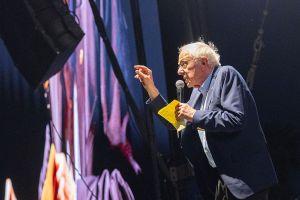





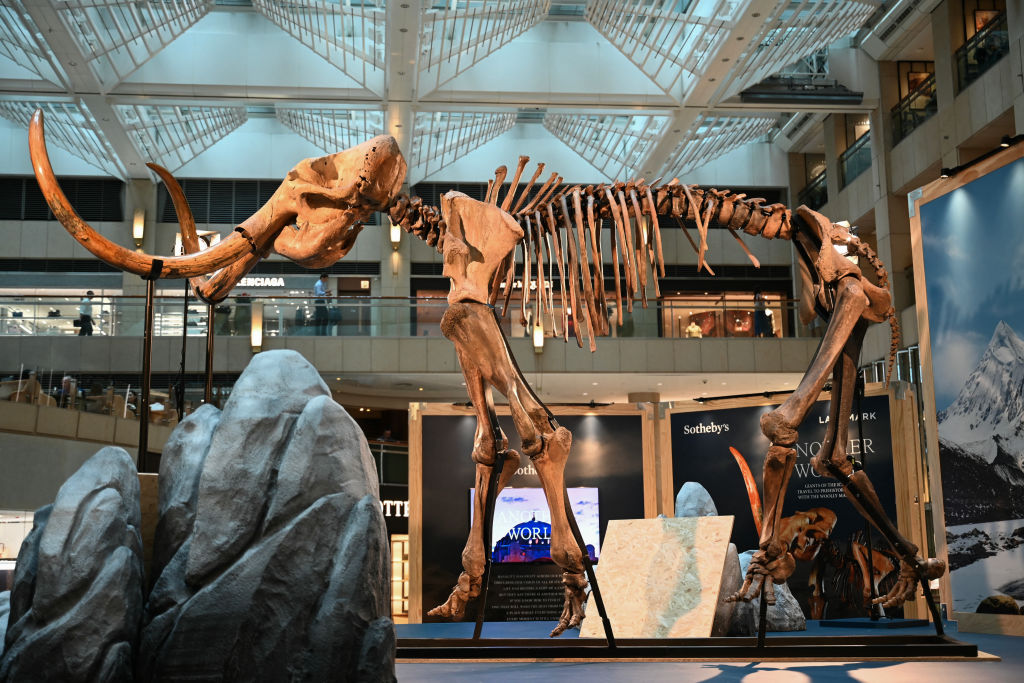
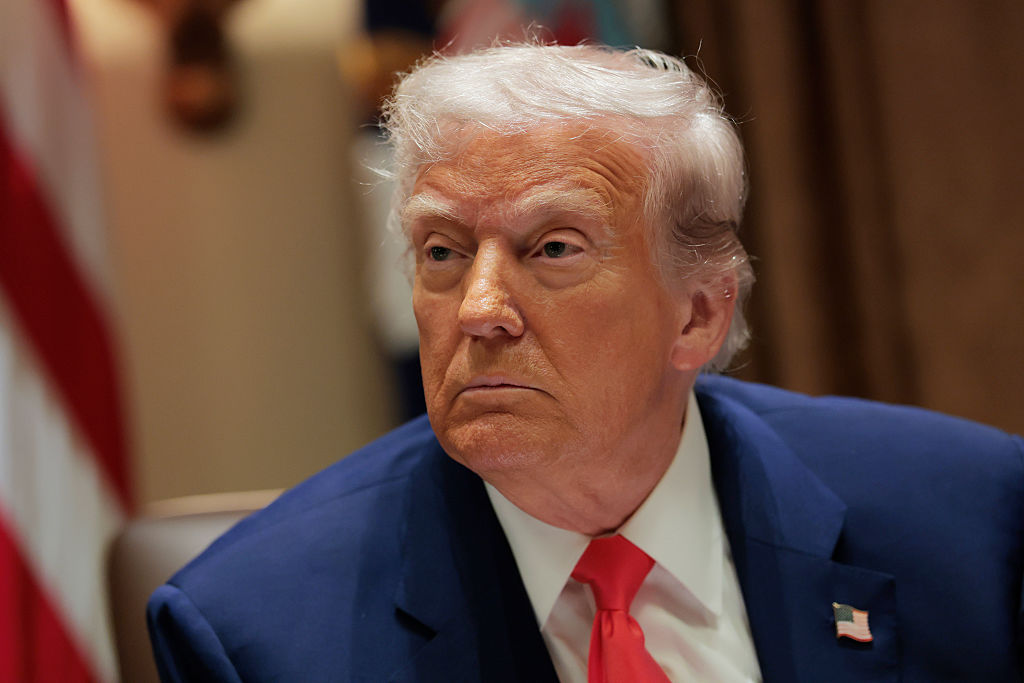

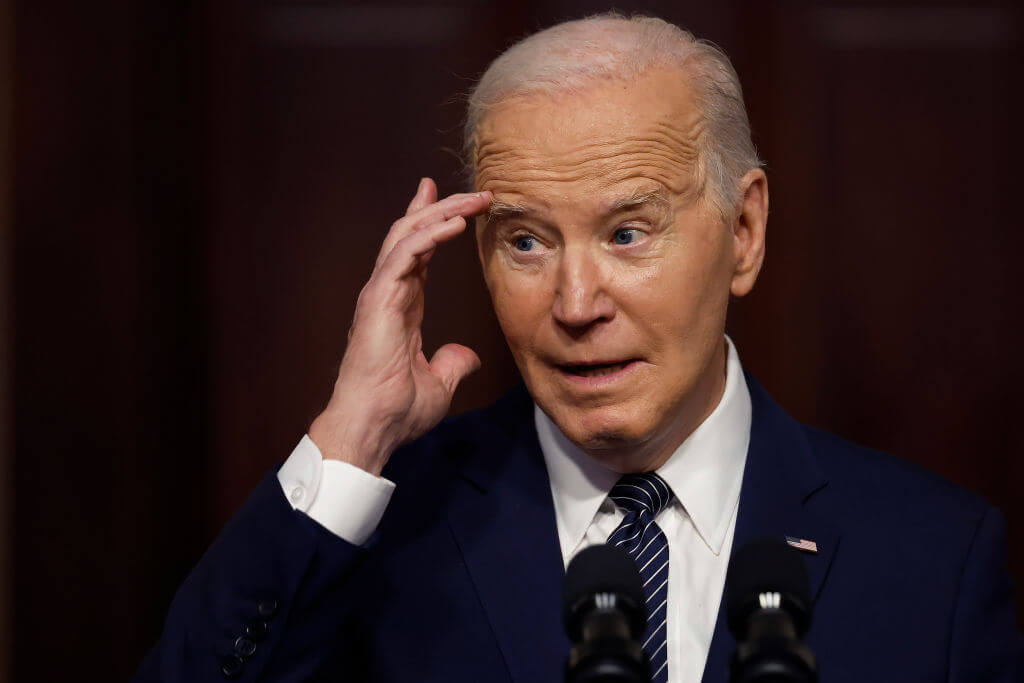



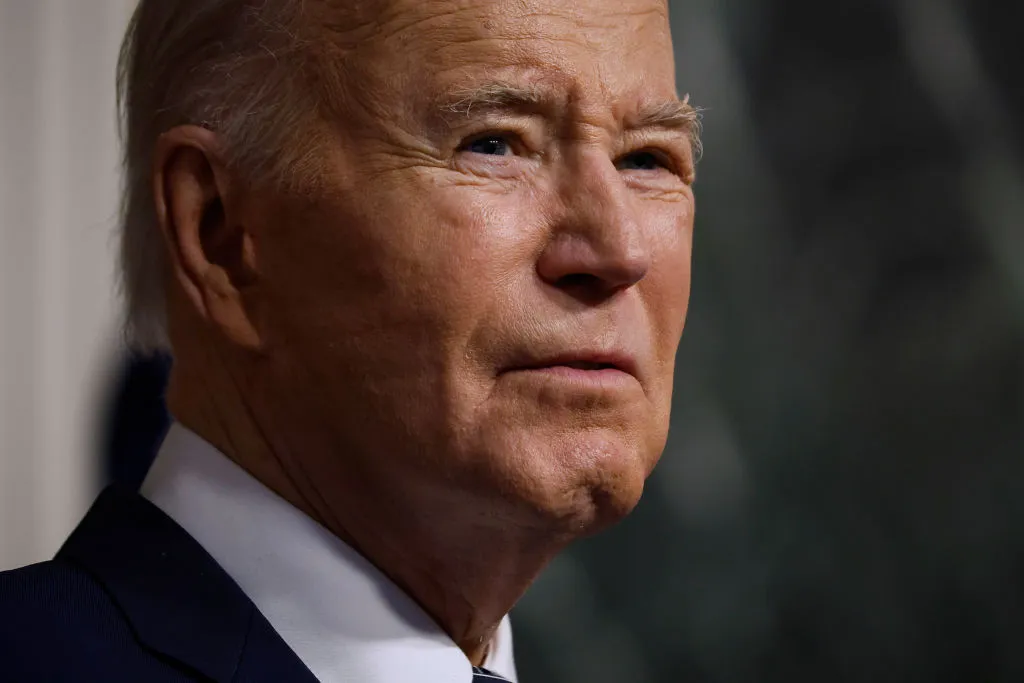

Leave a Reply